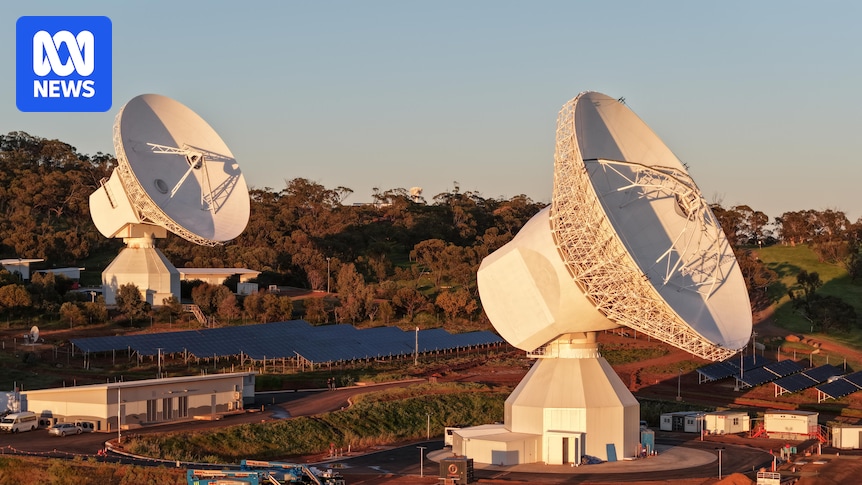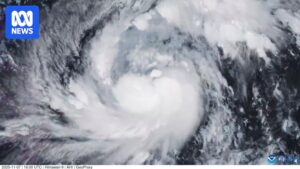
A groundbreaking deep space antenna has been inaugurated by the European Space Agency (ESA) in New Norcia, a small monastic town in Western Australia, promising to advance the exploration of the universe’s mysteries. Officially opened on Saturday, the antenna is ESA’s fourth globally and the second at the New Norcia site, located approximately 120 kilometers north of Perth.
Dubbed New Norcia 3 (NNO-3), this 40-meter-tall, 700-tonne infrastructure is designed to meet the growing data demands from spacecraft traversing the solar system. ESA Director General Josef Aschbacher emphasized the importance of the antenna, stating,
“[There are] billions of stars and galaxies we are observing and that creates huge amounts of data and that’s why we need a large antenna to get the weak signal from these telescopes from far away.”
The antenna will support missions to Mars, Jupiter, the Sun, asteroids, and other uncharted regions of space.
Advanced Technology for Deep Space Exploration
The deployment of such precise technology is crucial for exploring parts of the solar system that are hundreds of millions of kilometers away. Suzy Jackson, who manages ESA’s New Norcia station for CSIRO, explained the capabilities of the new antenna.
“Signals coming from a spacecraft in deep space, by the time they get to us, they’re incredibly faint, and when we talk back to a spacecraft, by the time our signals get to the spacecraft, it’s also incredibly faint,”
she said. The system employs cryogenic amplifiers cooled to minus 260 degrees Celsius to minimize noise and enhance signal clarity.
Mapping the Universe
Mehran Sarkarati, ESA’s head of ground station engineering, detailed the data that NNO-3 will process, including high-resolution images and maps of the universe.
“We also send commands to our spacecraft to tell the spacecraft what to do,”
Dr. Sarkarati noted, highlighting the antenna’s role in international cooperation with agencies like NASA, India, and Japan.
Local Impact and Future Prospects
The antenna’s presence has sparked excitement in the local community. Pauline Bantock, president of the Shire of Victoria Plains, expressed the community’s enthusiasm and outlined plans to leverage the station for tourism and education.
“We’d love to be able to see something like an education centre and further tourism opportunities,”
she said. In support of these initiatives, Science Minister Stephen Dawson announced $350,000 for visitor facilities at the site.
Exploring New Frontiers
Australian Space Agency astronaut Katherine Bennell-Pegg is optimistic about the antenna’s potential to propel space exploration. She highlighted missions like JUICE, which will explore Jupiter’s icy moons, and asteroid exploration missions aimed at understanding potential Earth impacts.
“Should I be lucky enough to go to the moon? Well, you never know, I might be able to have some great video calls with the data pipes through Australia,”
she remarked, underscoring the antenna’s role in future innovations.
As the New Norcia 3 antenna begins its operations, it symbolizes a significant step forward in the quest to unlock the universe’s secrets, fostering international collaboration and inspiring the next generation of space enthusiasts.






